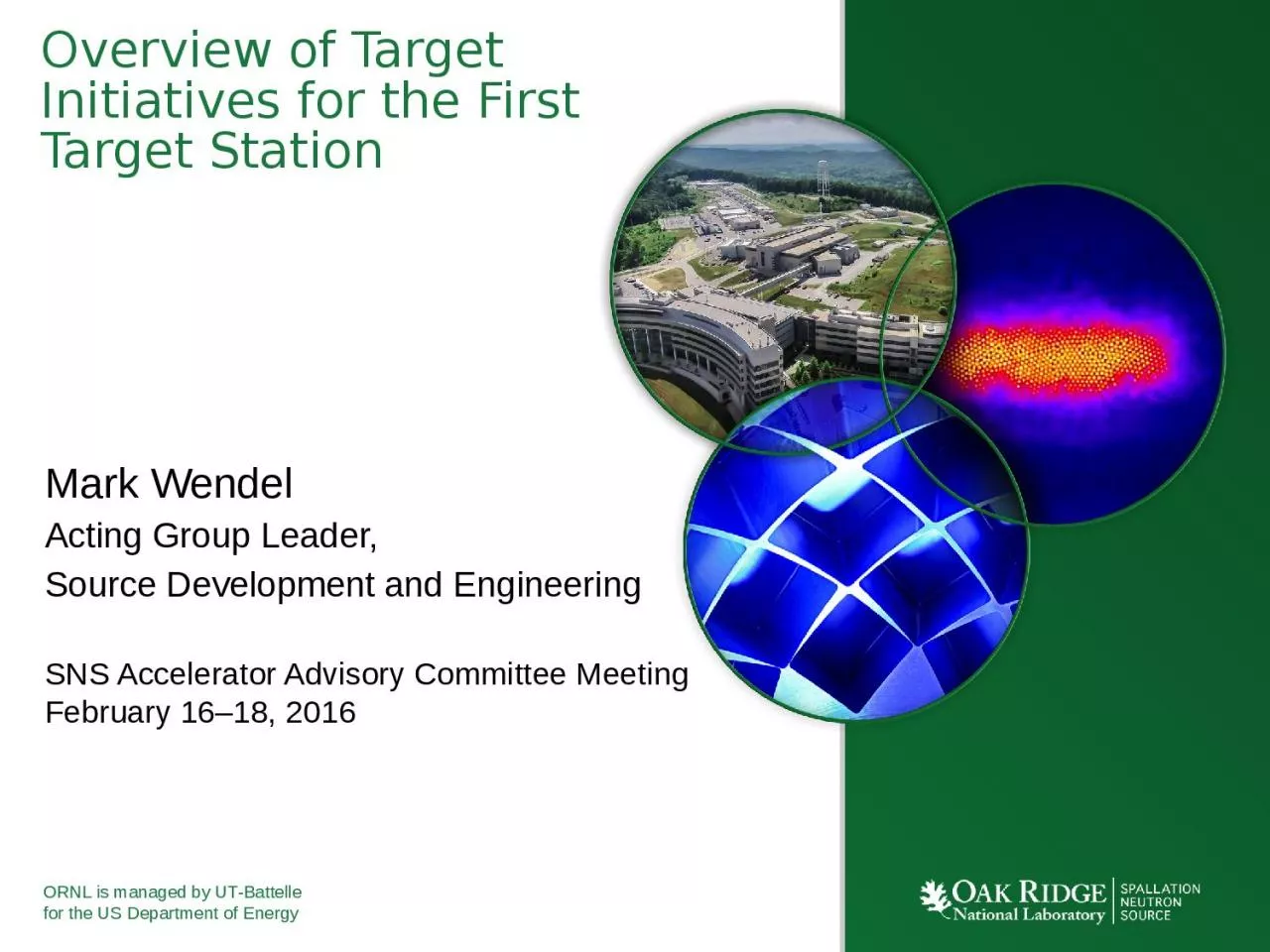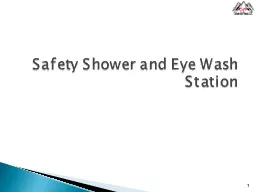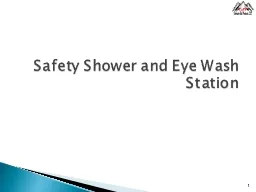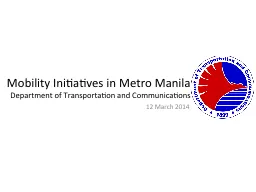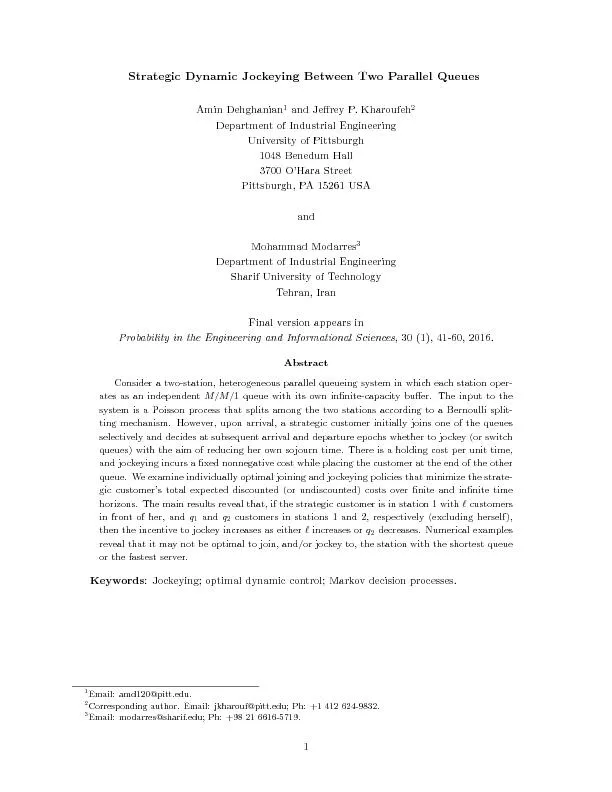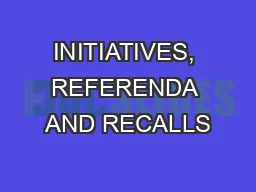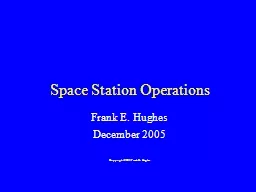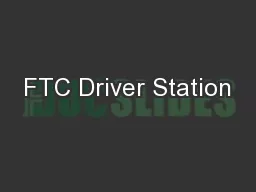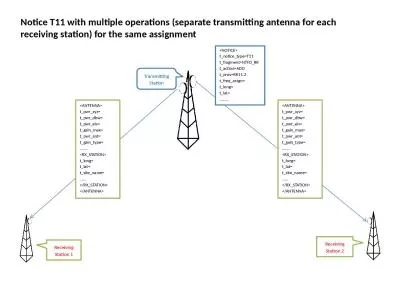PPT-Overview of Target Initiatives for the First Target Station
Author : miller | Published Date : 2022-06-18
Mark Wendel Acting Group Leader Source Development and Engineering SNS Accelerator Advisory Committee Meeting February 1618 2016 Contents History of targets and
Presentation Embed Code
Download Presentation
Download Presentation The PPT/PDF document "Overview of Target Initiatives for the F..." is the property of its rightful owner. Permission is granted to download and print the materials on this website for personal, non-commercial use only, and to display it on your personal computer provided you do not modify the materials and that you retain all copyright notices contained in the materials. By downloading content from our website, you accept the terms of this agreement.
Overview of Target Initiatives for the First Target Station: Transcript
Download Rules Of Document
"Overview of Target Initiatives for the First Target Station"The content belongs to its owner. You may download and print it for personal use, without modification, and keep all copyright notices. By downloading, you agree to these terms.
Related Documents

